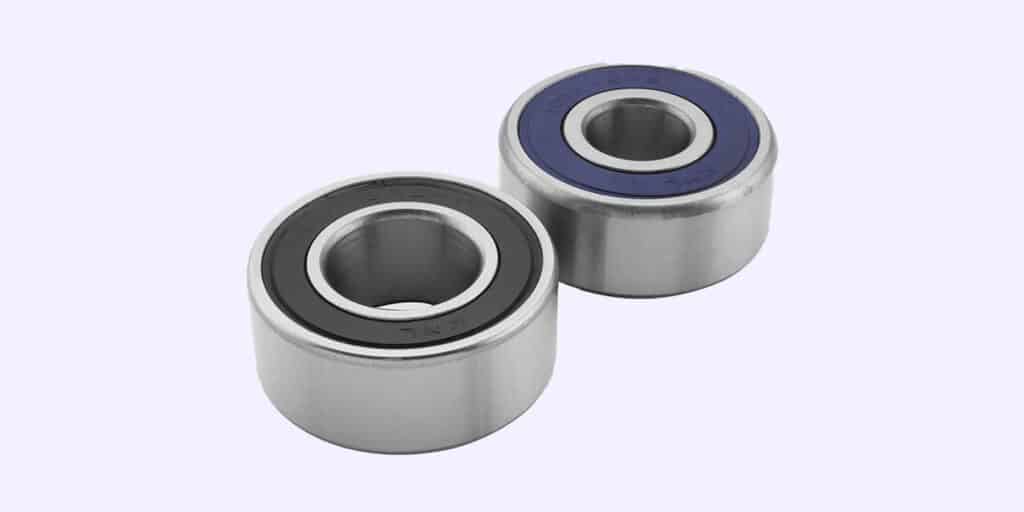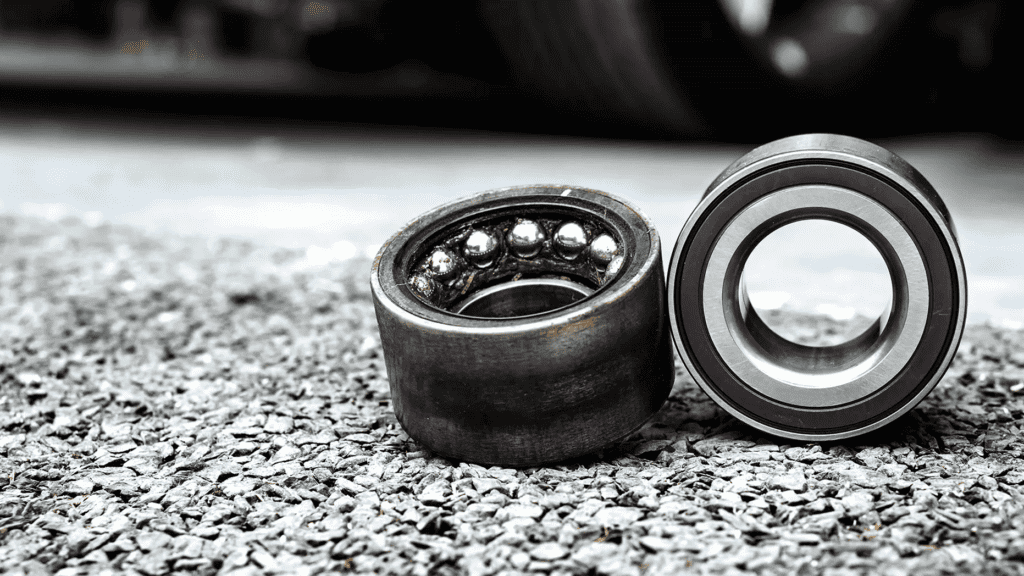Introduction
When it comes to vehicle maintenance, the wheel bearing is a critical component that ensures a smooth and safe ride. These humble parts allow your car’s wheels to rotate with minimal friction, playing a key role in handling and stability. But what happens when it starts to fail and needs to be replaced? Navigating the multitude of options can be daunting, but making an informed decision can save you both time and money. This article will guide you through the process of purchasing a new wheel bearing, including the factors to consider and the costs involved.
Understanding Wheel Bearings: The Basics and Importance
Wheel bearings, although small and often overlooked, play an essential role in a vehicle’s operation. These sets of steel balls or tapered rollers held together by a metal ring, or race, allow the wheel to spin with as little friction as possible. They’re designed to carry the vehicle’s load and ensure that the wheels move efficiently. Over time, these bearings can wear down due to the harsh conditions they operate under, necessitating replacement.

The Cost of Wheel Bearing Replacement: What to Expect
Replacing a wheel bearing is not a minor task and often requires a professional mechanic’s expertise. The cost can vary widely depending on the make and model of your vehicle, the specific bearing that needs to be replaced, and your location. On average, you can expect to pay between $200 and $500 per wheel. Keep in mind that while this might seem costly, driving with a faulty bearing can lead to more severe and expensive damage down the line.
The Warning Signs: How to Identify a Failing Wheel Bearing
Audible Cues: One of the first and most noticeable signs of a failing wheel bearing is noise. If you hear a humming, rumbling, or growling noise that increases with the vehicle’s speed or as you turn, it may be a sign that your wheel bearing is deteriorating.
Loose Handling: A worn-out wheel bearing can also lead to loose handling. If your vehicle is veering to one side, or if the steering feels looser than usual, it could be a symptom of a bad wheel bearing.
Uneven Tire Wear: Another sign of a failing wheel bearing is uneven tire wear. The wheel with the bad bearing can tilt slightly, causing the tire to wear out faster on one side.
Vibration: Lastly, you might feel a vibration in the steering wheel or through the vehicle’s floor. This vibration can become more pronounced when you accelerate or take a turn.
Wheel Bearing Susceptibility: In many cases, the front wheel bearings are more likely to fail first, especially in front-wheel-drive cars. This is because they bear more weight due to the engine’s location, and they also handle more stress from steering maneuvers.
The Risks of Ignoring a Bad Wheel Bearing
Ignoring the signs of a failing wheel bearing can be a costly mistake. Over time, a bad bearing can put added stress on related parts, such as the axle and hub. In extreme cases, a completely worn-out bearing can even cause the wheel to come off while driving, resulting in a serious safety hazard. For these reasons, addressing a bad wheel bearing promptly is crucial.
Choosing the Right Wheel Bearing: Factors to Consider
Vehicle Specific: The first factor to consider when choosing a wheel bearing is the make and model of your vehicle. Different vehicles require different types and sizes of bearings. Always refer to your vehicle’s service manual or consult with a trusted mechanic to identify the right bearing for your vehicle.
Bearing Type: There are three main types of bearings – ball, roller, or tapered roller bearings. Each type has its own set of advantages and is used in different parts of the vehicle. It’s essential to know which type your vehicle needs.
Material Quality: The material quality of the bearing is another crucial factor. Bearings made from high-quality, heat-treated steel tend to last longer and perform better.
Brand Reputation and Warranty: The reputation of the brand and the warranty offered can also play a role in your decision. Brands with a long-standing reputation for quality and durability often guarantee their products, providing you with additional peace of mind.
Customer Reviews: Lastly, consider customer reviews. They can provide real-world insights into the bearing’s performance and durability. However, take each review with a grain of salt and look for common themes across multiple reviews.

The Installation Process: Do You Need to Break in New Wheel Bearings?
Professional Installation: Given the precision needed in the process, professional installation of wheel bearings is generally recommended. Incorrect installation can prematurely wear the bearing or even cause it to fail outright, risking more significant vehicle damage and potentially dangerous driving conditions.
Breaking in New Bearings: While there’s no universal break-in process for new wheel bearings, it’s advised to avoid harsh driving conditions for the first few hundred miles. This includes avoiding heavy loads, rapid acceleration, or abrupt stops, allowing the bearings to settle properly.
Choosing the Right Type: There are different types of wheel bearings available, including sealed, semi-sealed, or open. Each type has its specific installation process and maintenance requirements. While sealed bearings are generally maintenance-free, semi-sealed or open bearings may require regular cleaning and repacking with grease.
Post-installation Check: After the installation, it’s prudent to have the bearings checked after a few thousand miles. This inspection ensures that the bearings have settled correctly and are functioning as they should. Regular checks thereafter can catch any potential issues early before they develop into significant problems.
Conclusion
Choosing the right wheel bearing and ensuring its proper installation and maintenance is crucial for the performance and safety of your vehicle. While the process may seem complex, understanding the basics and knowing what to look for can significantly simplify the process. Always remember, when it comes to critical components like wheel bearings, quality should never be compromised, and if in doubt, always consult with a professional.
